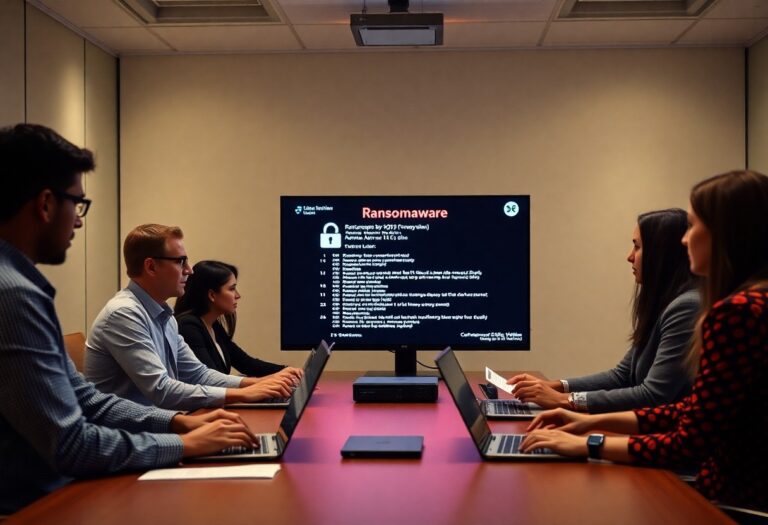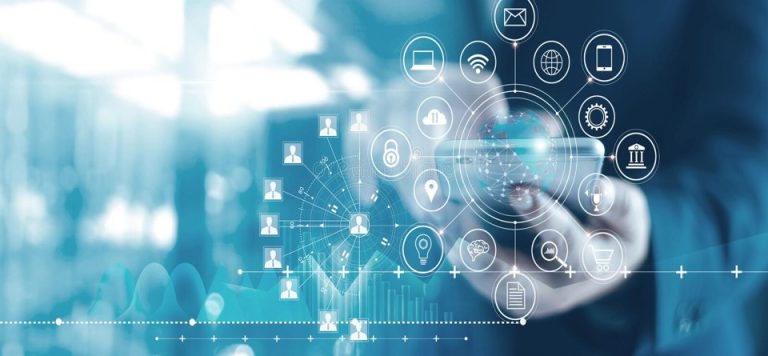“Defend Data Offline: Outsmart Ransomware Threat”
The global cybersecurity threat landscape continues to evolve particularly with ransomware emerging as one of the most severe cyber threats. In 2024 alone, organizations worldwide collectively blocked 154 million ransomware attack attempts thereby underscoring the growing sophistication and frequency of these attacks.
Understanding Ransomware Threat
Ransomware is a malicious form of malware that encrypts files within a victim’s network thereby rendering them inaccessible until a ransom is paid. Beyond financial extortion, threat actors often escalate pressure by threatening to permanently delete or publicly expose stolen data if their demands are not met.
Types of Ransomware Threat
Ransomware attacks manifest in various forms, including:
- Lockers: Restricts access to the entire system simultaneously preventing users from operating their devices.
- Scareware: Uses fake security alerts to deceive victims into paying for unnecessary or malicious software.
- Leakware: Threatens to expose sensitive data unless a ransom is paid.
- Crypto Ransomware: Encrypts files, rendering them useless until decryption keys are provided upon payment.
Rise of Ransomware Threat Groups and RaaS
The ransomware landscape has evolved beyond individual attacks and accordingly leading to the rise of sophisticated ransomware groups. These groups leverage multi-layered attack strategies, zero-day vulnerabilities, and extensive reconnaissance to maximize their impact before deploying ransomware.
In 2024, the top three ransomware groups making headlines included:
- RansomHub: The most dominant group, responsible for 531 new victims, accounting for 9.8% of all ransomware cases globally.
- LockBit: Successfully executed 522 cyberattacks, demonstrating its continued effectiveness.
- Play: Impacted 355 entities, contributing to 7.5% of global ransomware incidents.
The increasing influence of these groups has led to the rise of Ransomware-as-a-Service (RaaS)—a lucrative business model that allows cybercriminals to offer ransomware tools and services to affiliates in exchange for a share of the ransom payments. This shift highlights the urgent need for modern organizations to go beyond traditional data backups in their mitigation strategies.
Modern Ransomware Mitigation Strategies
- Implementing a Zero-Trust Security Model
A Zero-Trust strategy assumes that no entity—internal or external—should be automatically trusted. Instead, organizations must enforce:
-
- Continuous authentication as well as verification for all users and devices.
- Micro-segmentation to isolate critical assets apart from limiting lateral movement in case of a breach.
- Strict access controls to reduce the risk of impersonation as well as unauthorized malware deployment.
- Strengthening Email Security
Email remains one of the primary attack vectors for ransomware, making it imperative for organizations to:
-
- Deploy advanced email filtering to detect and block phishing attempts.
- Implement anti-phishing mechanisms to identify and neutralize deceptive emails.
- Conduct regular security training for employees to help them recognize and respond to ransomware threats effectively.
Conclusion
The rapid evolution of ransomware demands not only a proactive but a multi-layered cybersecurity approach. Traditional backups alone are no longer sufficient—organizations must embrace Zero-Trust security frameworks, enhance email security and educate employees to build a robust defense against ransomware threats.








